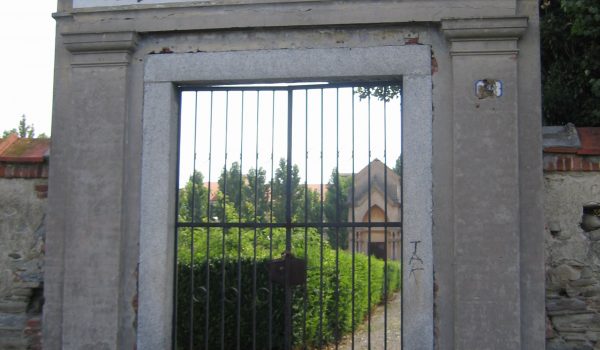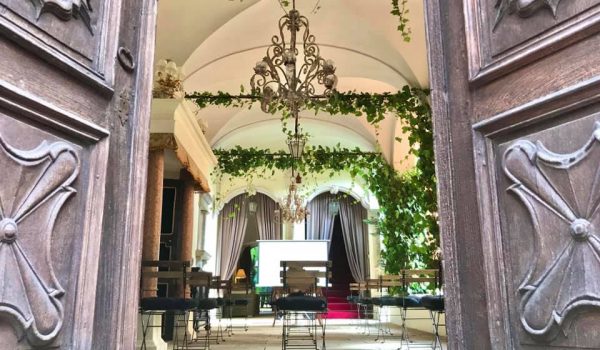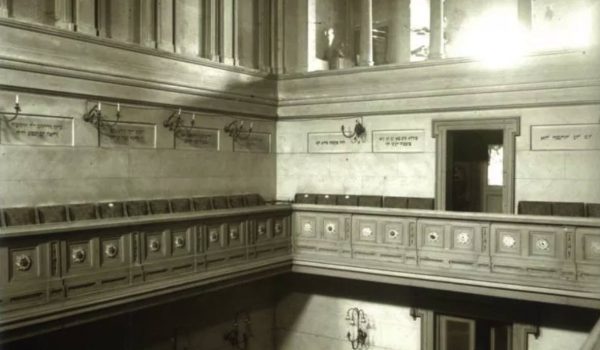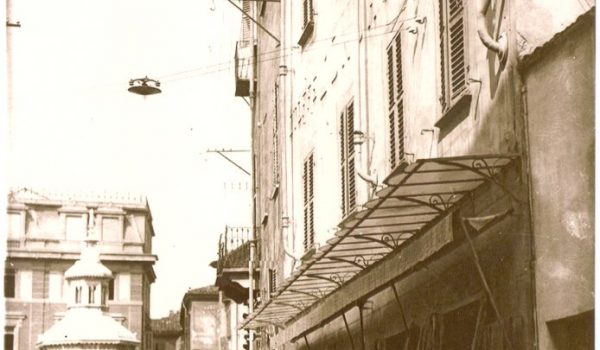- Home
- JEWISH ACQUI
The Jewish community, present in the city from the end of the fifteenth century, originally came from the Iberian peninsula and was known as Sephardic, whereas others came from the area of Askenazi or Germany and were known as Ashkenazi Jews, just as the most common surnames recall: besides Levi and Debenedetti, Lattes, Foà, Bedarida, derive from Spanish cities and the French Provence region, Ottolenghi derives from the German city of Oetlinghen. The community disappeared between 1943 and 1944 when the 28 Jews who were born, or lived as refugees and residents in Acqui were deported. During those years, from mid 19th century, the community had grown to 500 members – 12% of the entire Acquese population – reduced to 31 following transfers to university centres and industrial areas. During the centuries, following alternated events of disqualifications, of prohibitions exercised particularly by the local post-Tridentine church, and the impoverishment of many small farmers, it eventually led to two attempts of pogrom within the ghetto, in 1799 and in 1848, and the coexistence of Christians and Jews, emancipated by King Carlo Alberto in 1948, was dialectic and prolific. In the decades of the belle Epoque, the Jews were together with the Catholics the city’s new ruling class, modernising it in many ways, especially from an urban point of view, communication systems of railways and roads, and various fields of social-economical, tourism and culture. In 1938, the racial laws prohibited them from schools, public offices, many types of professions and from any kind of commercial activity; this eventually forced them to sell their goods below cost, and those who were able to either went into hiding or emigrated to escape the threat of deportation.








